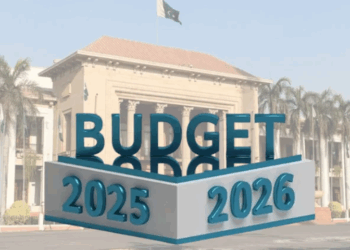Islamabad, December 18, 2024: Federal Finance Minister Senator Muhammad Aurangzeb has identified middlemen as the primary cause of rising food prices in Pakistan. Speaking at an Economic Coordination Committee (ECC) meeting, the minister emphasized that despite declining global market prices and cheaper fuel, the cost of essential items like pulses and chicken continues to rise domestically.
“We are taking the issue of rising food prices very seriously. A review of the prices of gram lentils, mash lentils, and chicken reveals that middlemen are responsible for this inflation,” the minister said.
Highlighting the economic achievements of the country, Senator Aurangzeb noted that remittances reached $30.2 billion in the last fiscal year, with $9 billion inflows into the Roshan Digital Account. He added, “We will soon achieve foreign exchange reserves equivalent to three months’ worth of imports. The current account surplus is at a 10-year high, and inflation is at its lowest level in six years.”
The finance minister pointed out that the interest rate has been reduced to 13%, with the KIBOR dropping below 12%, which has been welcomed by the industrial sector. “The stability in macroeconomics will soon reflect in the real economy. Macroeconomic stability forms the foundation of economic strength,” he remarked.
He further stated that while the global prices of gram and mash lentils have decreased, they remain expensive in Pakistan due to the role of middlemen. “Despite lower global prices and cheaper fuel, the involvement of middlemen is keeping food prices high domestically,” he reiterated.
Senator Aurangzeb also highlighted ongoing economic successes, including a 35% increase in remittances, which he credited to solid government measures. He noted that the export sector is showing positive trends and that the State Bank has reduced the policy rate for the fifth consecutive time.
Discussing previous ECC reviews, the minister said, “A month ago, we evaluated inflation trends. An analysis of gram lentil prices revealed declining global prices, yet the costs remain high here. Additionally, cement sales have increased by 5%, which is another positive indicator.”








